Housing Market Forecast To Further Grow Despite Rate Hike Expectation Increases
Last week, Australian Bureau of Statistics (ABS) released inflation statistics for Q3 last week, which indicated trimmed mean of core inflation accelerated to 2.1%, within the RBA’s 2% to 3% target range. So this week, all eyes are on RBA’s monetary meeting.
RAB decided to hold cash rate at 0.1%, but has capitulated to market pressure by dropping its policy to suppress short-term bond yields and has opened up the possibility the record low 0.1 per cent cash rate could rise in late 2023, earlier than expected.
Some might say the housing market will be going down soon due to the fear of rate hike.
But it might not be the case. No doubt the current extreme low interest rate is one of the dominating factors for record high housing price in Australia.
However, there are many other factors influence the housing market.
First, we should note that the volumes in housing market this time is not driven by speculation. Local Aussies and returning Aussies are the buyers instead of oversea investors and owner-occupied purchases remain dominant. Supply is absorbed by real home buyers who expect to live in. Although new property listing numbers are now lifting in last couple of weeks thanks to the reopening, the resurgence of buyer interest in the Sydney property market has meant that auction clearance rates have consistently been in the high 80% range suggesting there are more buyers than there are sellers and this always leads to higher property prices.
Second, let’s have a look at the mortgage repayment capability. When the lockdown restriction is first announced this year, economist estimated that the impact may be severe, and the default rate may increase due to job loss. But mortgage default level stays quite low, with Fitch Ratings expecting loan deferrals to be less than 1 per cent in 2021, lower than they were in 2020.
Borrowers have enjoyed the ultra-low mortgage rates since 2020, a few percentage points higher may mean the extra cost can add up. However, current rates have been so low that even a few percentage points more is still not as high as the rates were before pandemic, which historically speaking, is still very low. Back to the last housing market peak in 2017, the cash rate was 1.5%, compared the current rate of 0.1%.
The most important factor to consider rate hike, according to RBA governor Phillip Lowe, is when the wages experience an equal growth as increase inflation, which hardly happen in near future. And if the situation realized, that means the economy is better and wage records sustainable growth, which indicates stronger mortgage repayment capability.
Therefor, to our point of view, the pace of capital gains has peaked, but we are not suggesting home values are about to dip, far from it. Rather the growth will move from a peak rate to be more sustainable and the housing market will keep increasing throughout 2022 and into 2023. Especially for Sydney, when the international borders eventually open, Sydney will be a favourite destination for students and highly skilled workers and this will be another “engine” under the Sydney housing market.
Recently both Westpac and ANZ have updated their property price forecasts. Westpac sees the Sydney property market growing 27% in 2021 and 6% in 2022.
Wharton is proudly to offer Australian investment opportunities to domestic and global investors. We have consistently delivered competitive return to our investors thanks to Australia’s resistant economy. If you want to know more about our investment options, please contact us info@whartoncapital.com.au.


